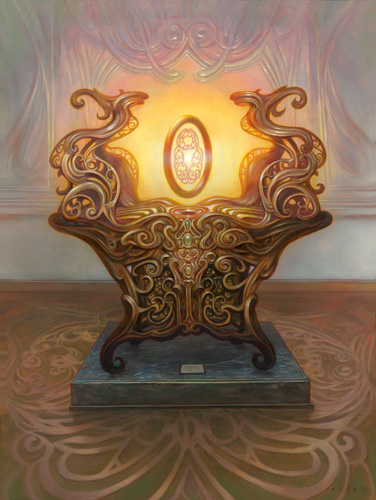Conquering the Commander Cube: Balancing Your Cube Pt 2

Greetings, Commander players! Today we're back with part 2 of our article on balancing cubes. Last time we covered topics such as color balancing and archetype balancing, and if you missed it, I recommend checking it out.
Today, we finish off with three other kinds of balancing to consider when designing and modifying your cube:
4. Power Balancing
5. Mana Value Balancing
6. Rules Considerations that Affect Balancing
Power Balancing
Power balancing is one of the first considerations you should make when designing your cube, and note that power and monetary cost are often closely correlated, as many of the ultra-powerful cards used in cEDH and other formats tend to be in high demand and thus are usually expensive. It is possible to build higher-powered cubes on a modest budget, but it will be more challenging.
When considering the power level of your cube, there are several factors worth weighing:
Your Meta: What kinds of games do the people around you like to play? What power level of decks do they build? Use that as a guiding light in constructing your cube.
Accessibility: Will new players be playing your cube? If so, you'll probably want to steer towards lower- to mid-tier power levels with more straightforward cards that don't require sophisticated understanding of MTG mechanics, rules, and interactions.
Your Budget: As noted above.
Player Experience: This criterion is the most abstract and difficult to weigh of the group. Game designers use this term to describe the feelings, emotions, and relationships that players have with a game. For building cubes, this means considering things like complexity, game length, longevity (in terms of the extended interest that players have in playing your cube), and variability (how different is one of your drafts from the rest?)
Mana Value Balancing
Mana value balancing strongly correlates with items such as player experience and game length. It's no secret that the format as a whole has sped up tremendously in the last several years, and it's up to you as the cube designer to decide if you want your games to follow suit. Averaging higher mana value commanders and cards in your cube will mean that games will go on longer than typical constructed EDH games. One way to balance against average mana value is by including an abundance of mana ramp and mana rocks. Be careful with ramp, however, as it's heavily focused in green, and not all players will be playing green. That means that cards like Rampant Growth
With that in mind, it's best to assume that players will generally be playing cards on a generic mana curve (of adding one land each turn and not ramping). Accordingly, you'll want to average out the mana value to something reasonable, like three or four, and not overburden your cube with a bunch of seven- or eight-cost cards.
Rules Considerations that Affect Balancing
Finally, there're rules considerations to be had that will affect the balancing of your cube. For instance, in prior installments, I've mentioned the possibility of auto-including EDH staples such as Sol Ring
Mulligan rules are also worth considering, as lax mulligan rules where players can easily mana fix at the beginning of the game will help assure that players play lands on curve. Other considerations include whether you will include tutor cards (be wary, as many players detest them), how many cards you will have players draft (drafting more cards gives players a greater ability to balance their decks themselves), and whether you will include any banned cards in your cube.
Final Thoughts
That wraps up our discussion of balancing Commander cubes. I hope that you all got something out of the articles, and that they will be helpful whenever you are building and modifying cubes. Remember to not be discouraged if your cube doesn't play quite the way you thought it would. With proper balancing and thoughtful design, your cube will improve over time, and eventually your creative vision for your cube will come to fruition. In fact, you should be prepared to make modifications and balancing changes to your cube several times over, especially early on. Stick with it and don't give up!
I'll be back in several weeks with another installment of Conquering the Commander Cube, and we will be discussing a new topic related to cube design. Until then, happy gathering, Commander players!